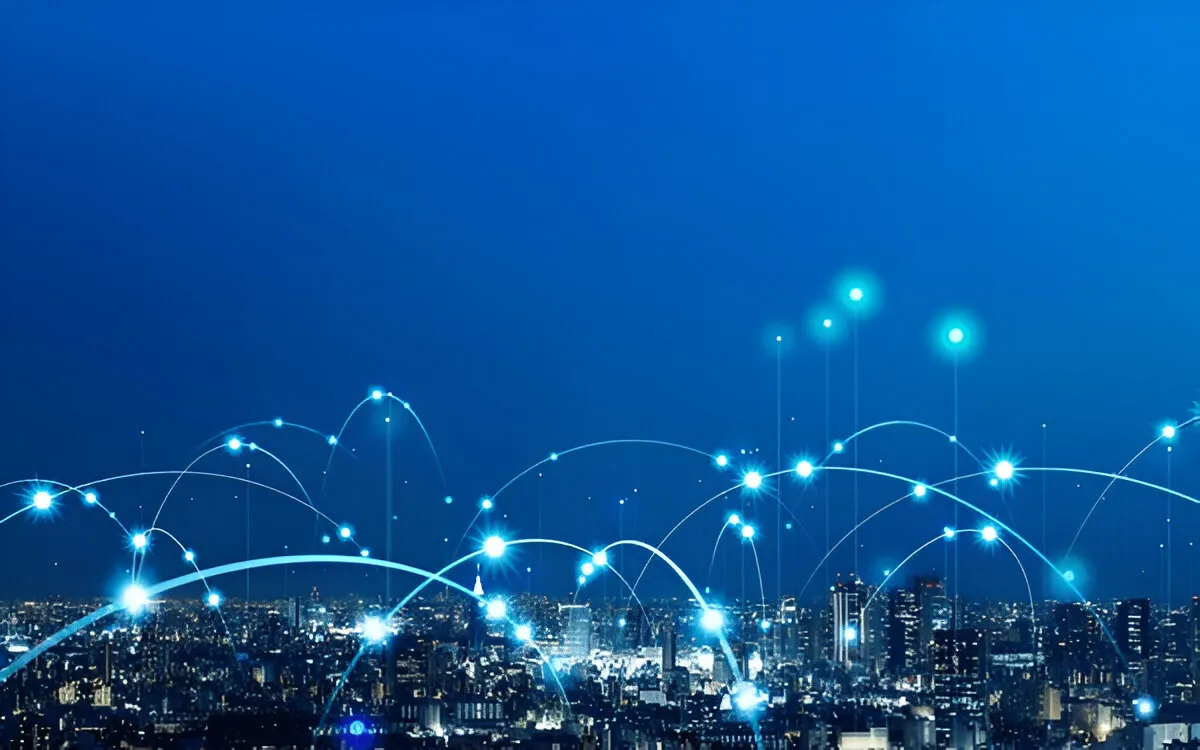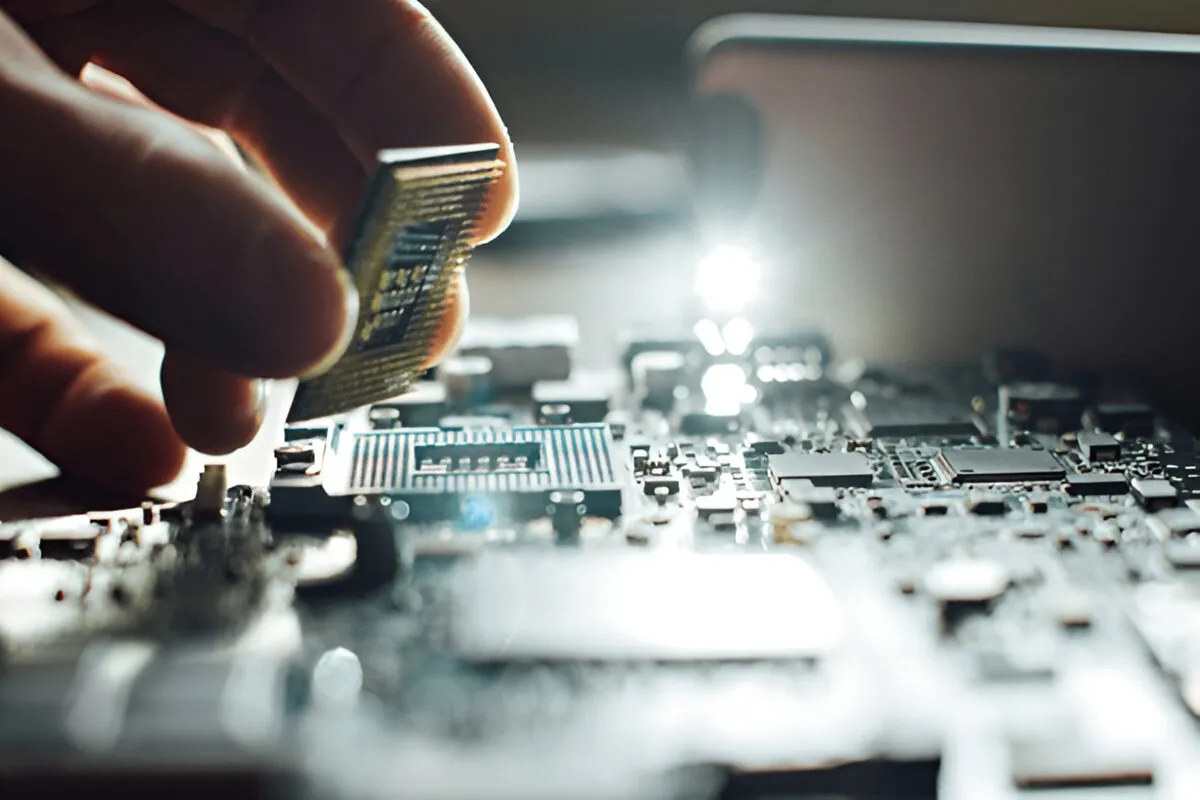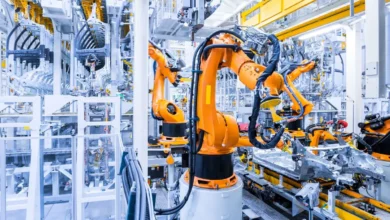
The IoT has changed how we connect devices and exchange data between them. Bringing satellite technology into the field makes it possible for IoT to do more than ever. Let’s explore how the emergence of IoT satellite solutions is revolutionising global connectivity and the implications this has for various industries and areas of life.
The Role of Satellite in IoT
The range of terrestrial networks is determined by the availability of infrastructure in those places. For this reason, remote regions and areas far from land often do not have sufficient connectivity thanks to traditional networks. In this area, satellite technology helps a lot by introducing various solutions. IoT devices using satellite connectivity can reach remote regions on the planet.
Thanks to satellite communication in IoT, devices can send data across the globe, owing to their independence from a local network. This allows areas and companies that couldn’t join the IoT revolution because of a lack of proper infrastructure to do so.
The Benefits of Using IoT Satellite Connectivity
One main advantage of IoT satellites is that they can provide reliable service in distant regions. This includes oceans, deserts, and sparsely populated areas where infrastructure is not an option.
The use of satellites in IoT improves the security of data communication. Data sent over satellites is much more complex to intercept than data sent through terrestrial networks since it does not change hands as in the latter.
Besides, IoT satellite systems are easy to scale up or down. With more need for connectivity, satellites can handle many devices at the same time. Because they require fewer maintenance and upgrade cycles, satellites tend to have more stable operations than infrastructure found on Earth.
Ways Different Industries Are Changing
Satellites are significantly affecting many sectors of IoT. IoT helps farmers monitor their crops and livestock using devices even in distant fields. Tracking ships at all times allows maritime industries to manage navigation and ensure safety in the ocean.
Satellite IoT makes it easier for more people to monitor the environment, offering valuable details about climate change and natural disasters and how to react to them. Advancements in health care at a distance are growing, since it is now possible to track patient information and share it with specialists at any health centre anywhere.
Difficulties to Address
There is a lot that an IoT satellite could do, but certain obstacles must be dealt with. Signals take time to get from the satellite to the ground and back, which results in some problems. While low-earth orbit satellites are lowering latency, more effort is needed to guarantee that some applications can communicate without delays.
Launching and maintaining satellites is also a concern that must be considered. Because of new technology and the arrival of private space companies, these advanced IoT satellite technologies are now less costly. However, the price tag is still hefty enough to limit their use by many.
Lastly, because so many devices will be online simultaneously, managing their data and ensuring enough bandwidth is necessary to prevent network congestion.
Satellite IoT for the Future
IoT satellites are gaining ground, and their future looks very promising. Governments and companies are making smaller satellites called nanosatellites and CubeSats, helping other businesses form large groups of IoT satellites.
Upgrades in solar panel efficiency, longer-lasting batteries, and improved communication parts have made satellites more durable. Marketing will also use artificial intelligence and machine learning to monitor large amounts of data and ensure the systems operate efficiently.
The connection of 5G to satellite technology will improve the speed and reduce lag time in IoT, making it possible for autonomous vehicles and advanced robots to use IoT in new ways.
Conclusion
The use of IoT satellites will profoundly affect worldwide connectivity. They provide better communication, not limited by the presence of physical land. Both industries and consumers gain a lot, allowing for improved efficiency, a greener environment, and coverage worldwide.
As companies and governments continue to embrace IoT, it will grow to a level we have not witnessed before. No matter where people are, integrating digital and physical worlds will support growth and stimulate new ideas everywhere.
By the coming years, IoT satellites will help create a global network, allowing devices, people and different systems to communicate worldwide.

















